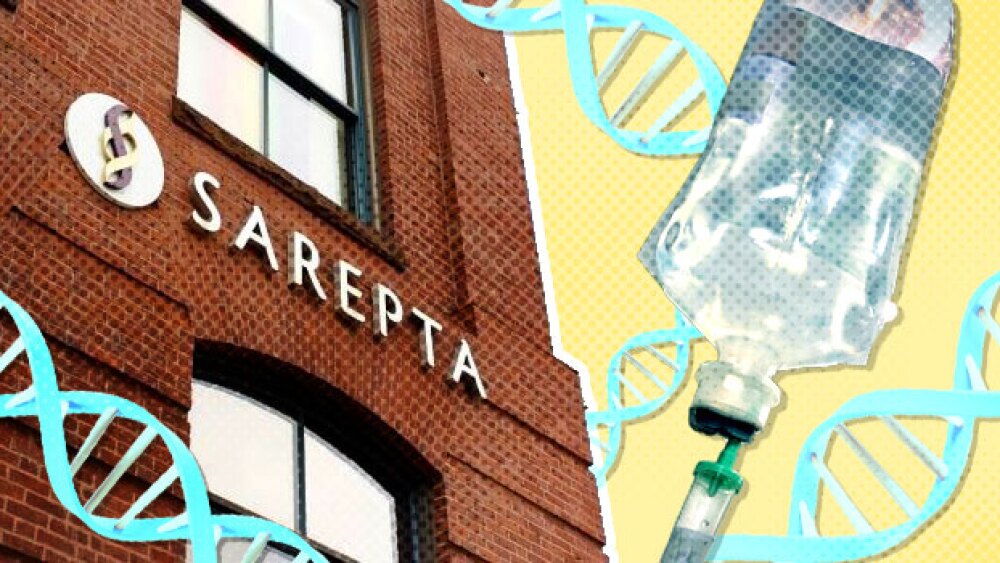Following a tissue graft transplant — such as that of the face, hand, arm, or leg — it is standard for doctors to give transplant recipients immunosuppressant drugs immediately to prevent their immune systems from rejecting and attacking the new body part. However, that incurs the risk of toxicities and side effects, because suppressing the immune system can make a patient vulnerable to infection. In a global collaboration, researchers from Harvard-affiliated Brigham and Women’s Hospital (BWH), the Institute for Stem Cell Biology and Regenerative Medicine in Bangalore, India, and University Hospital of Bern, Switzerland, have developed a way to deliver immunosuppressant drugs locally and when prompted, through the use of a biomaterial that self-assembles into a hydrogel, a gelatinlike material.
Hey, check out all the engineering jobs. Post your resume today!




